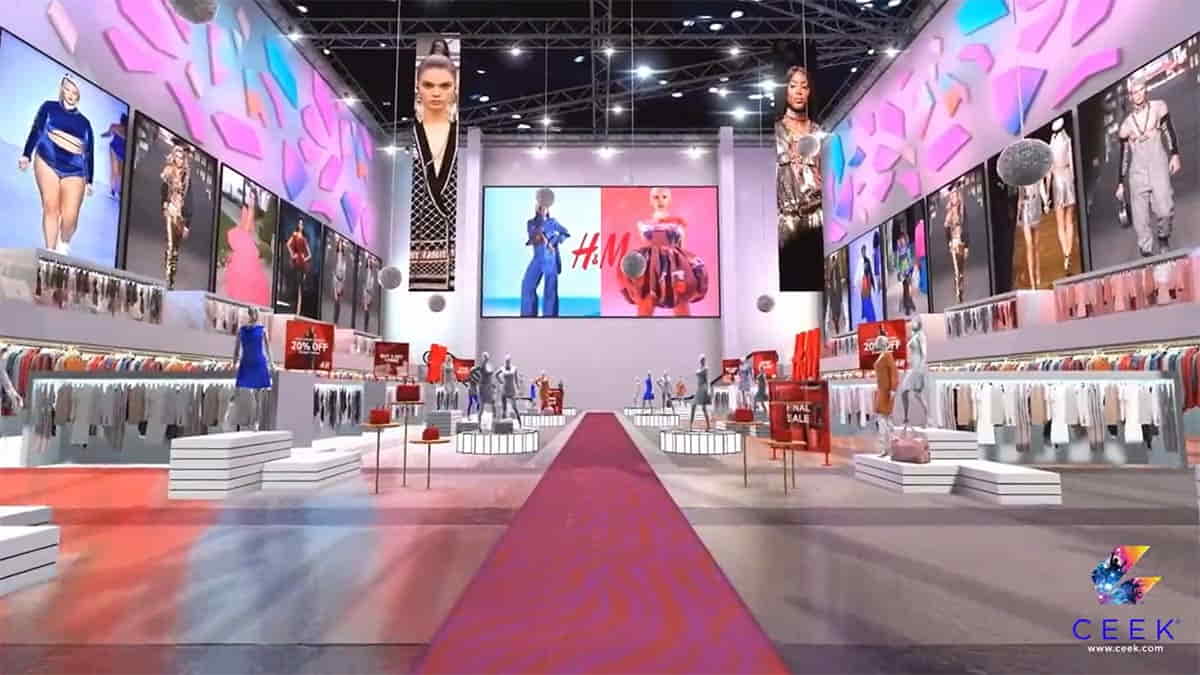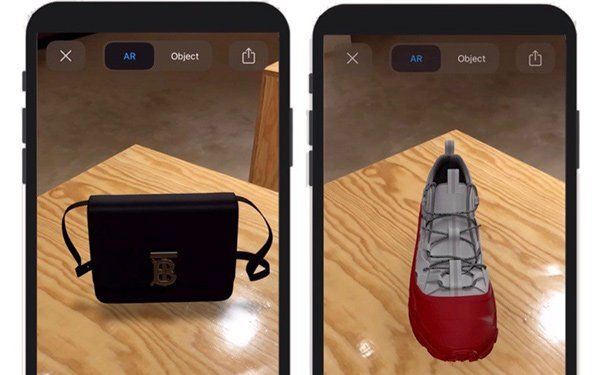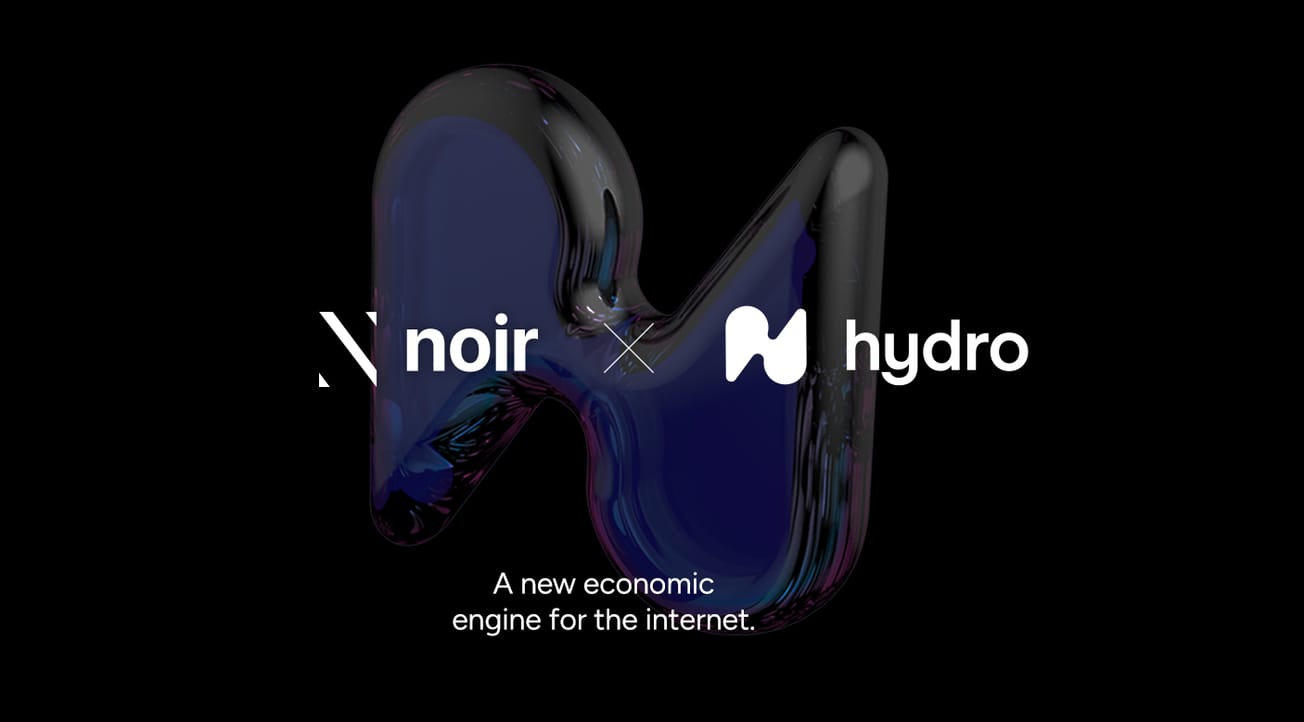With Walmart the first to foray into the metaverse, other retail giants are expected to follow suit. Metaverse tech—MR and virtual platforms—will enable users to engage with brands and products via new avenues of experience, creating more memorable and immersive messaging not possible through traditional e-commerce or even traditional, in-person retail.
Walmart officially partnered with Roblox, introducing 2 virtual world experiences to the platform—Walmart Land and Universe of Play. While Walmart might be the first, they certainly won’t be the last to explore new ways of encouraging consumers to shop till they drop.
Shop Till Your WiFi Drops
81% of customers do online investigations before making a purchase, include price comparisons and product research. Consumers are evidently becoming more well-informed and more tech-savvy, and the increasing competition of retail stores means that new methods will be needed to attract customers to specific products.
In the metaverse, however, customers will be able to interact with these products before buying them, creating a new medium for consumer product research. Whether you’re buying a percolator or lawnmower, you’ll be able to see, rotate, and maybe even use the product in real time 3D through virtual reality headsets powered by high-fidelity gaming engines.
If you’re landscaping the garden, you could use an AR app on your phone to visualize what a lawn chair might look like, or how your new outdoor lamp will fit with the design—even seeing it produce light and reflect off the objects in your garden, all through the app in real time. Retail stores are quickly jumping on the metaverse bandwagon in hopes of creating newer, better consumer experiences which hopefully will in turn drive up sales and keep them coming back.
Brand New Experiences
As well as retail stores, brands are using VR and virtual platforms to create "metaverse showrooms" that transport users into the brand's world. These showrooms are designed to be more engaging than traditional 2-D stores—something easy to do when virtual reality simulations can “ignore” the laws of physics.
In fact, retailers are quickly finding that consumers are spending more time interacting with their brands through virtual platforms than traditional stores or showrooms. These showrooms have also allowed retailers and brands to custom-make experiences for specific audience demographics, directly tailoring their campaigns to maximize the current and future loyalty of their customer base.
E-commerce retailers can use the metaverse to better understand and engage with their audience base. To do the same, brands will need to adapt and create a strategy that includes a metaverse brand narrative and design in a way that can highlight giveaways and promotions, and offer other memorable moments of user interaction.










